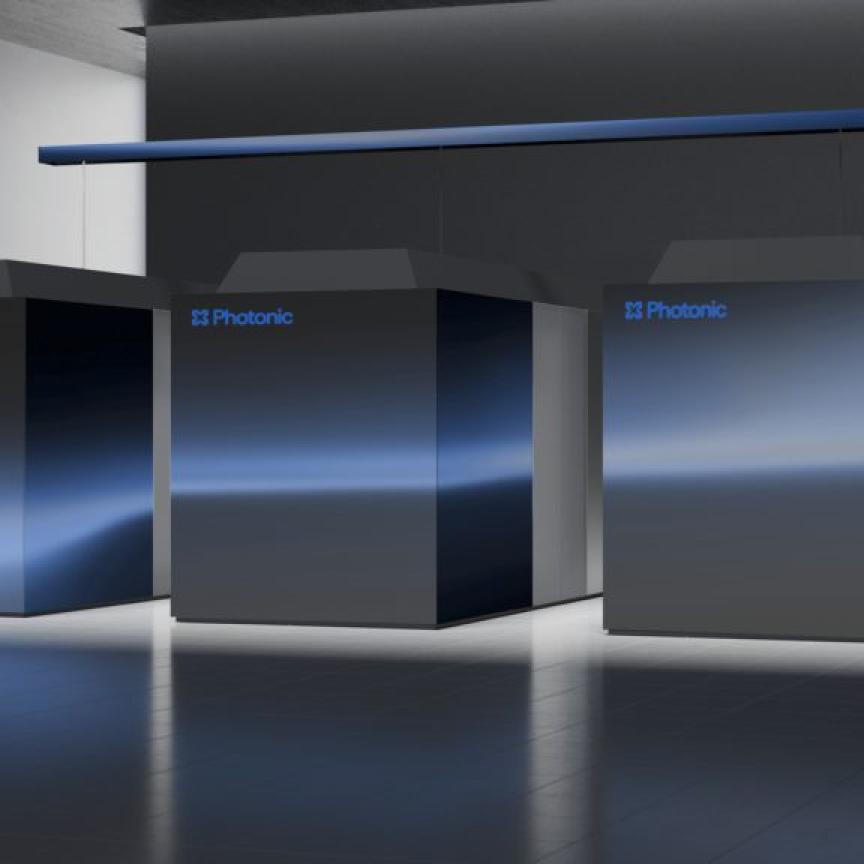SPIE CEO Dr Eugene Arthurs has paid tribute to the late laser pioneer Charles Townes during the Lase plenary session at Photonics West, which took place 10-12 February in San Francisco. Arthurs referred to Townes as an inspiration throughout his life and career, but also as a 'giant of a friend'.
A recipient of the Nobel Prize in 1964 for the development of the maser, Townes passed away on the 27 January at the age of 99.
Along with creating the first maser − microwave amplification by stimulation emission of radiation − Townes pioneered the use of lasers in astronomy, detecting the first complex molecules in space and being the first to measure the mass of the black hole in the centre of our galaxy.
‘My career, my life were undoubtedly influenced by this genius,’ said Arthurs, who began his career as a laser physicist. ‘I was actually brought into the field by the beauty of an argon-ion laser.’
A professor at the University of California, Berkeley, Townes visited the campus daily up until last year, working in both the physics department and the Space Sciences Laboratory, where he taught experimental astrophysics to pupils.
His dedication to students was inspiring, Arthurs said: ‘Nobel laureates can be hard to pin down sometimes, but if he was asked to speak to students, he was immediately there. He loved doing that, loved giving them advice.’
Townes began working on creating a pure beam of short-wavelength, high-frequency light in 1951.
Starting from the theory of stimulated emission − introduced by Albert Einstein in 1917 − which states that the right wavelength of light can stimulate an excited atom to emit light of the same wavelength, Townes worked on how to corral a gas of excited atoms without them flying apart.
Townes developed a solution which allowed him to separate excited and non-excited molecules and store them in a resonant cavity, so that when a microwave travelled through the gas, the molecules were stimulated to emit microwaves in step with one another - a coherent burst. He and his students built such a device using ammonia gas in 1954 and dubbed it a maser.
In 1958, he and his brother-in-law and future Nobelist, Arthur Schawlow, conceived the idea of doing the same thing with optical light, but using mirrors at the ends of a gas tube to amplify the light to get an ‘optical maser'.
It was Theodore Maiman who eventually demonstrated the first laser in 1960. However, in 1964, Townes was jointly awarded with the Nobel Prize in Physics with two Russians, Aleksandr Prokhorov and Nicolai Basov, who independently came up with the idea for a maser.
But developing the first maser was not Townes’ only notable scientific achievement. In the years after winning the Nobel Prize, he studied radio and infrared astronomy, where he, along with colleagues at Berkeley, detected ammonia and water molecules in space, and demonstrated, for the first time, the presence of dense molecular clouds.
In 1985, his team discovered the black hole that lives at the centre of our Milky Way, through mid- and far-infrared spectroscopy.
In addition to winning the Nobel Prize, Townes also won the Templeton Award in 2005, which is given to a person who has made an exceptional contribution to affirming life’s spiritual dimension, Arthurs told the audience at the plenary session.
‘It is a $1.5 million award − bigger than the Nobel Prize − and anyone who had the honour to know Charles would not be surprised to know that he gave away all of the money − to Furman University, to a homeless shelter in Berkeley, and to a church,’ Arthurs said.
‘He really was a remarkable person to know. His vision, his openness to everything, his interest in all areas of science was quite inspiring,’ Arthurs added.
Related stories
Nobel laureate and laser pioneer Charles Townes dies at 99
Honorary degree for groundbreaking laser scientist
Further information


